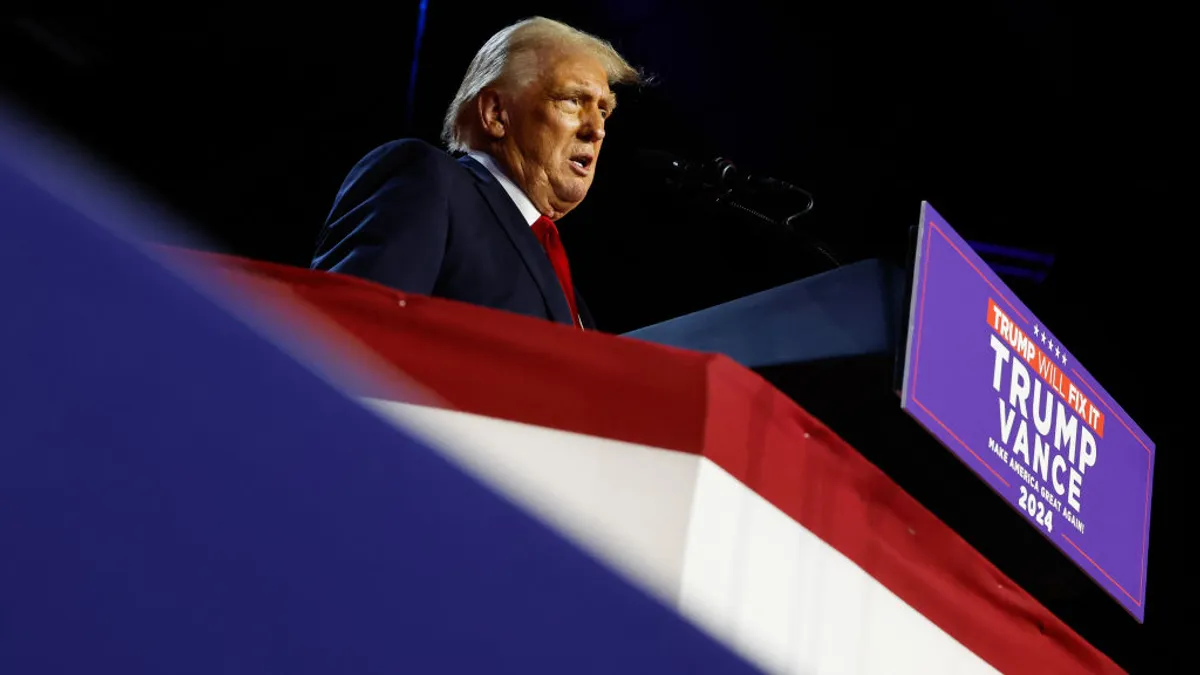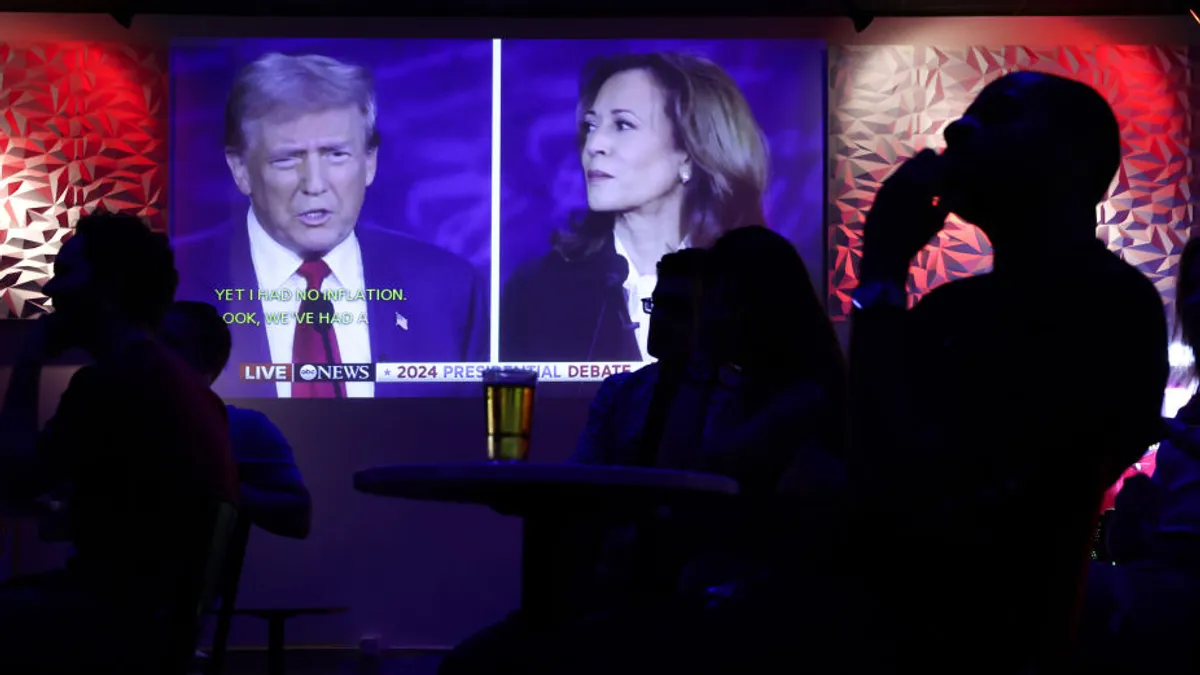Direct-pay eligible entities like local governments, public school districts, churches and hospitals will now more easily be able to jointly invest in clean energy projects, according to final regulations released by the U.S. Department of the Treasury and the IRS on Tuesday.
The regulations expand on an Inflation Reduction Act provision that allows entities with little to no federal tax liability to benefit from clean energy tax credits via direct pay instead.
Because partnerships are not generally eligible to qualify for the direct pay provision, the regulations clarify “how co-owned projects in the clean energy space can elect not to be treated as partnerships for tax purposes,” and provides those projects with additional flexibility, Treasury said in a release,
“By collectively electing out of partnership status, co-owners that are eligible for direct pay can take advantage of direct pay for the share of the project that they own while co-owners that are not eligible for elective pay could use transferability,” Treasury said.
Other entities eligible for direct pay include tribes and territories, the District of Columbia, Alaska Native Corporations, the Tennessee Valley Authority, rural electric cooperatives, and any tax-exempt organizations such as nonprofits. The regulations allow for partnerships between a direct pay eligible entity and for-profit developers, as well as partnerships between multiple direct pay eligible entities.
“In response to comments received, the final regulations clarify that eligible co-ownership arrangements can be organized to own and operate property giving rise to any of the Inflation Reduction Act credits where elective pay is available,” Treasury said. “It also enables such arrangements to invest in clean energy projects through a noncorporate entity.”
Treasury and the IRS on Tuesday also released proposed regulations “that would provide additional administrative requirements for unincorporated organizations that opt out of partnership treatment under the modified rules,” the IRS said in a release.
In the final regulation’s summary of comments and explanations, the IRS clarified several questions raised by commenters. One question asked about the downstream effects of an organization electing to be excluded from the application of partnership tax rules, to which the IRS responded that organizations making that election “may be treated as a partnership for purposes of sections of the Code outside of subchapter K,” which deals specifically with partnerships.
The IRS pointed to a 1966 decision by the United States Tax Court which “concluded that an organization that made a section 761(a) election was still a partnership for purposes of other parts of the Code.”













